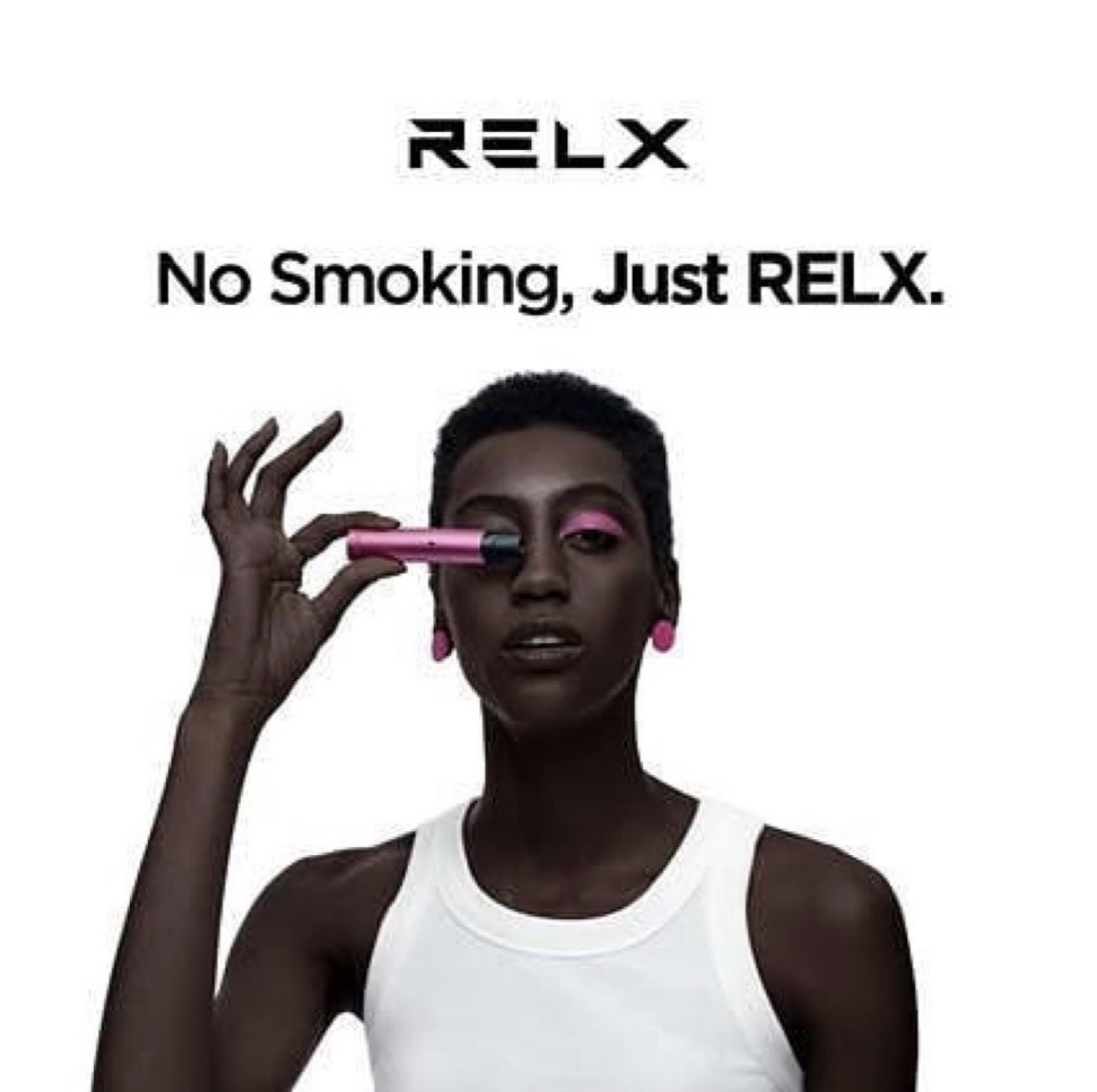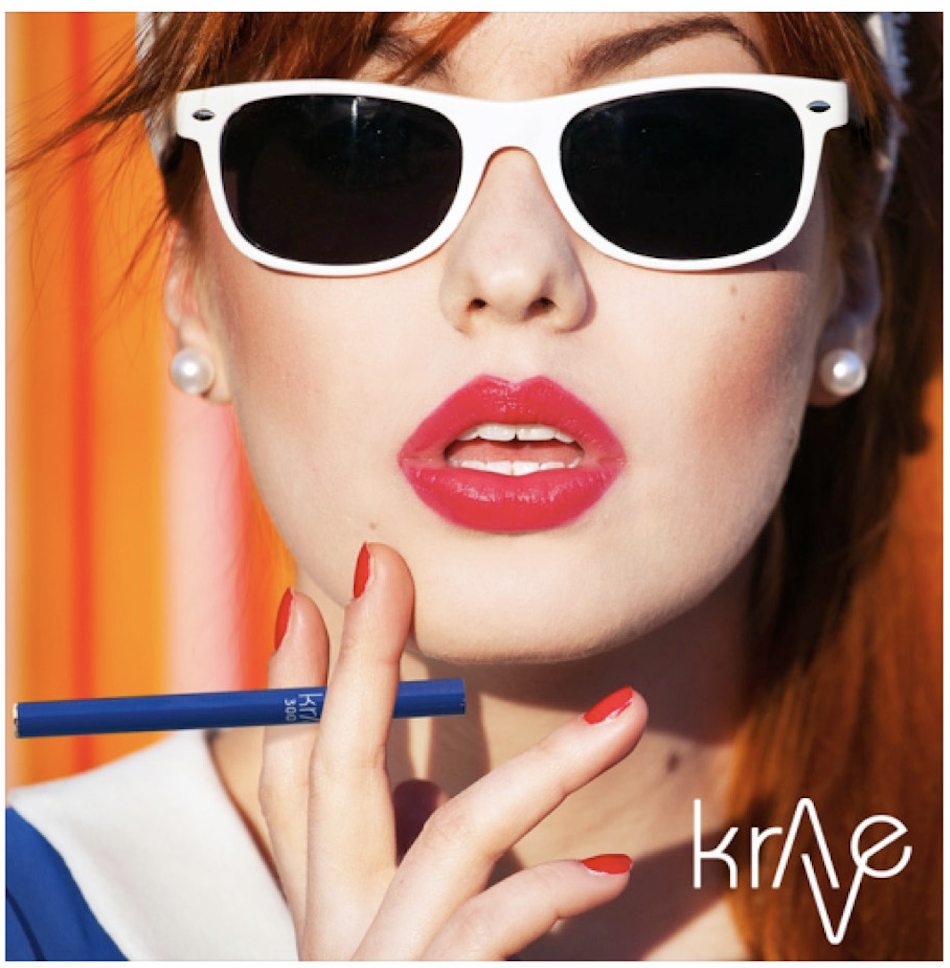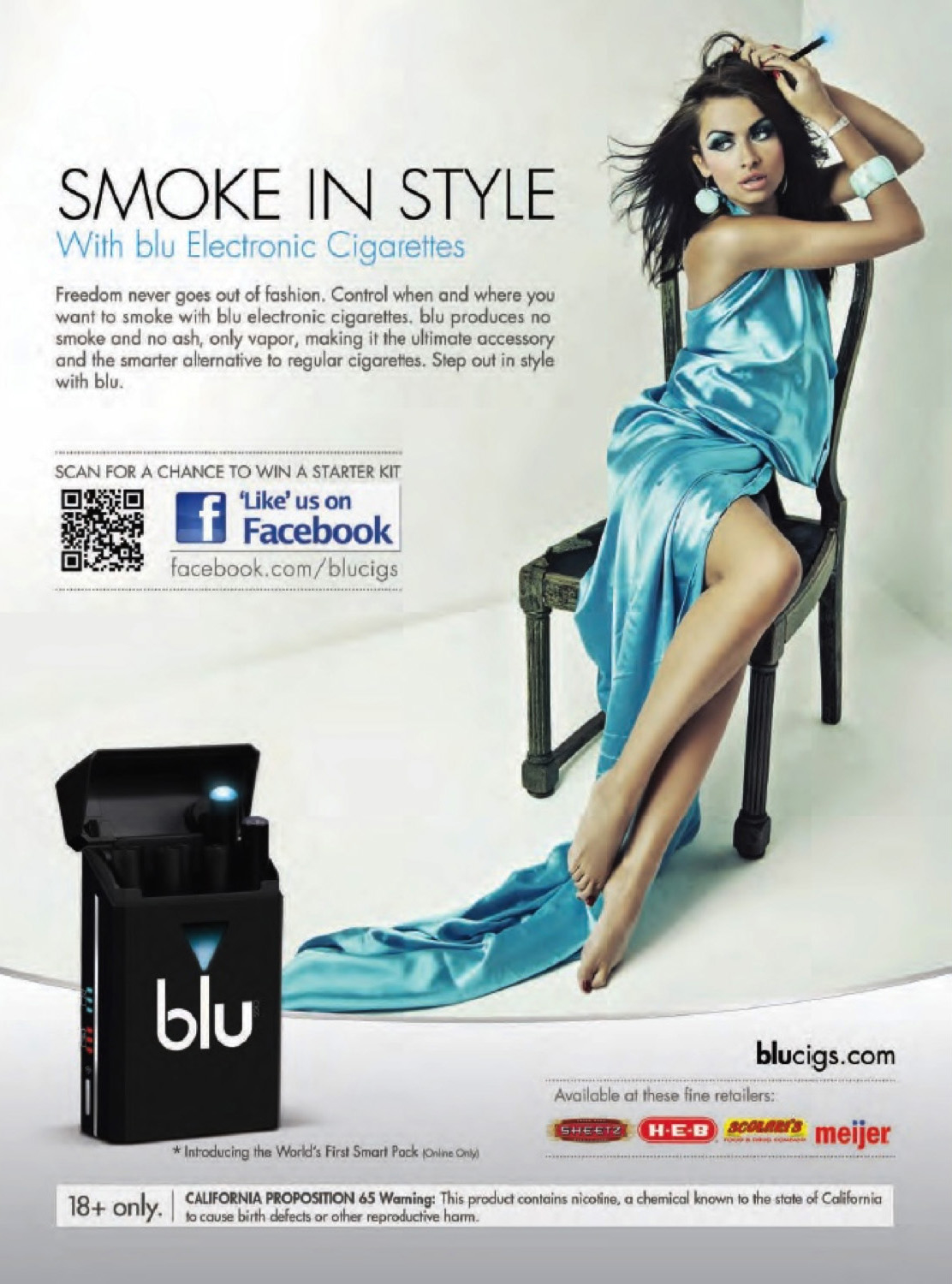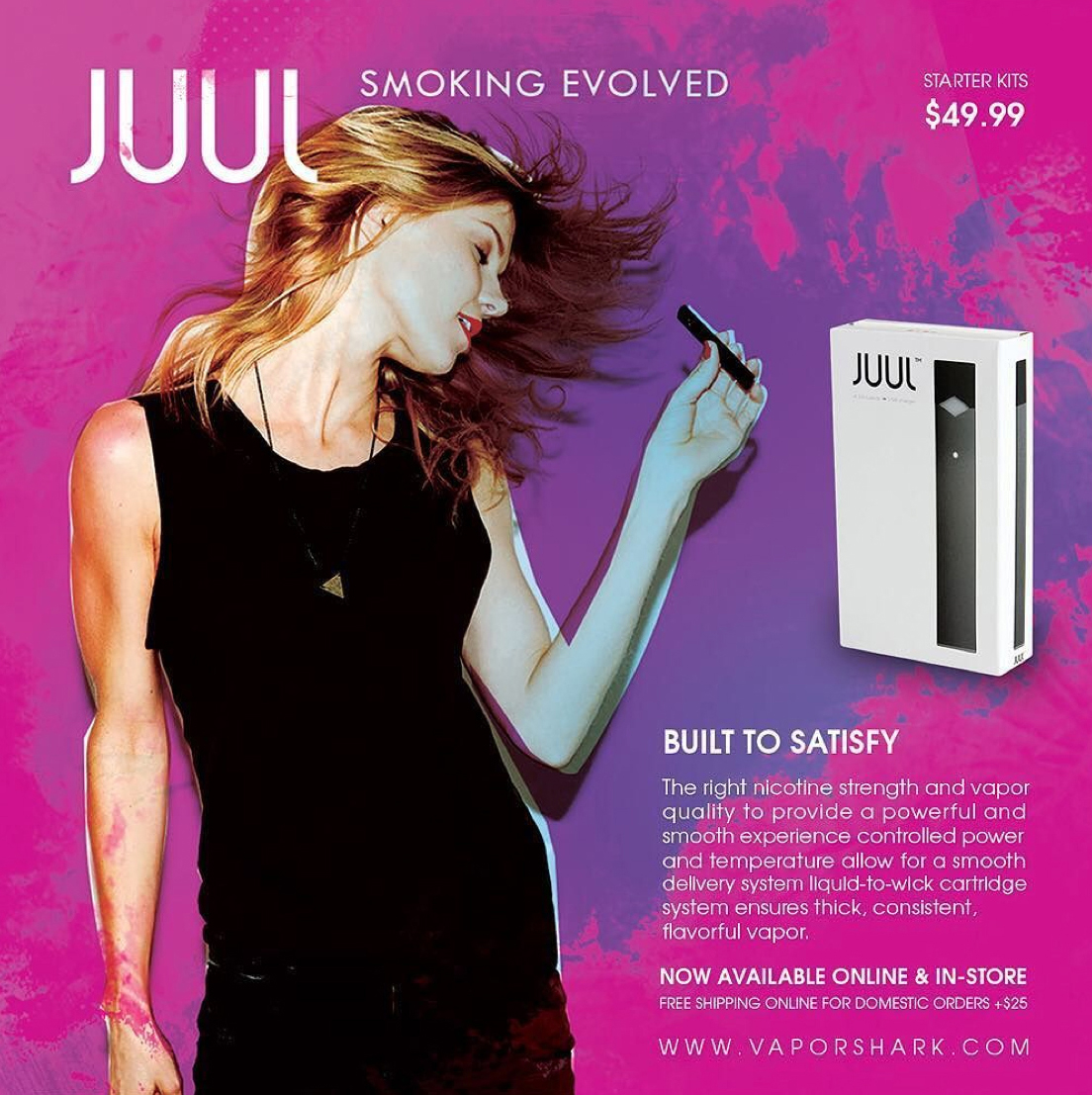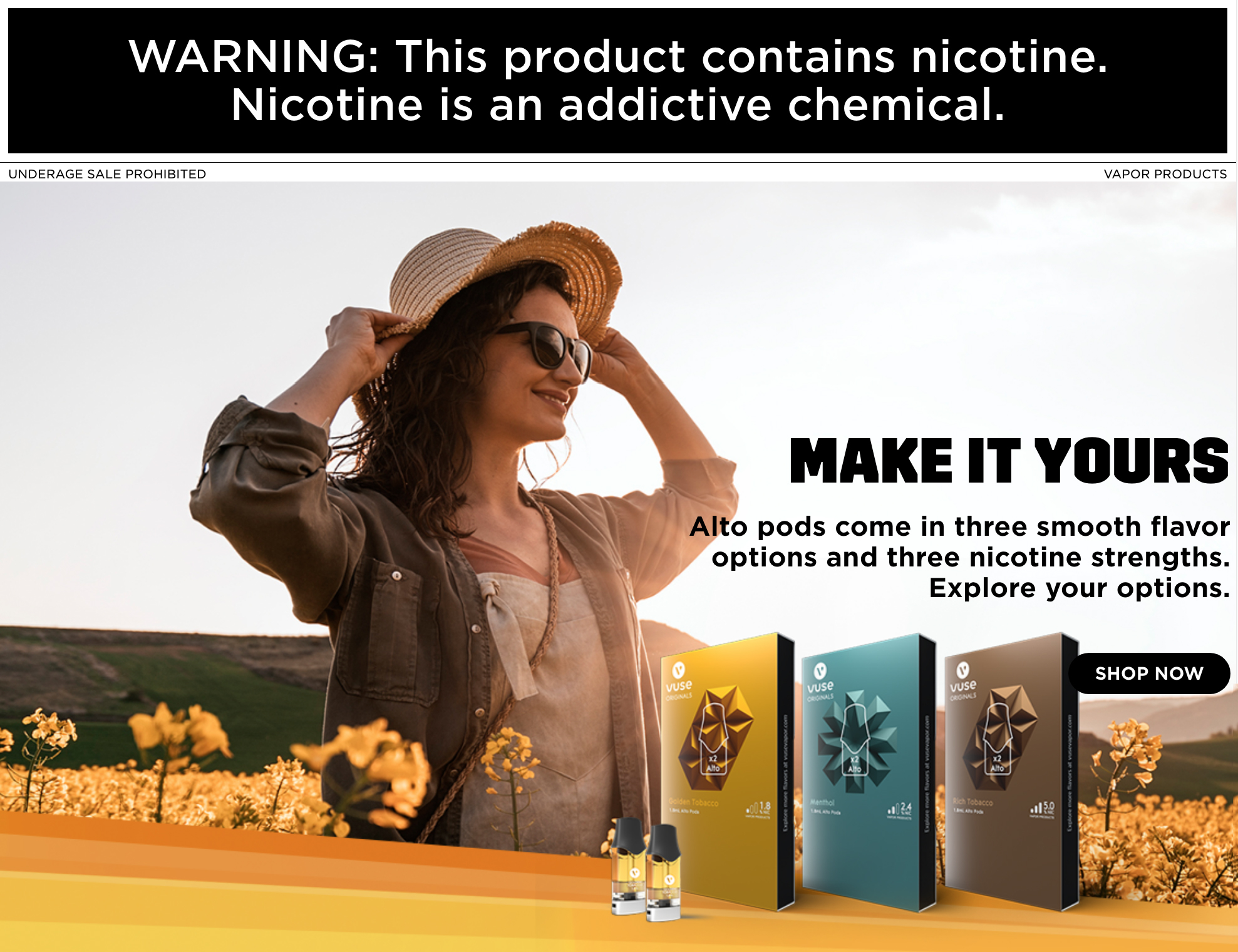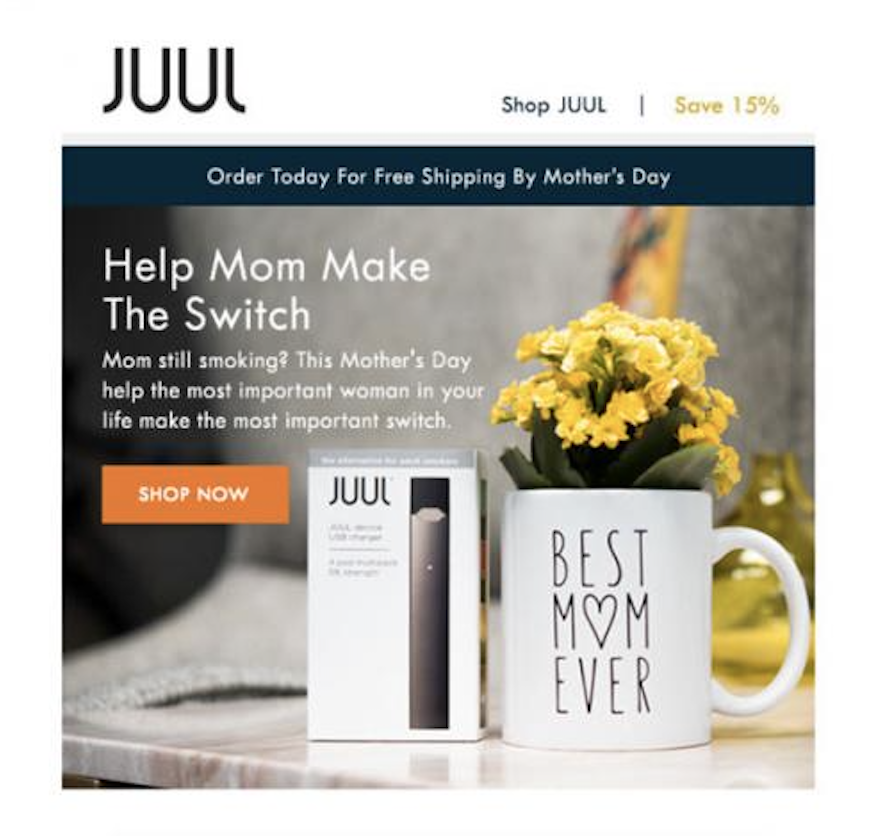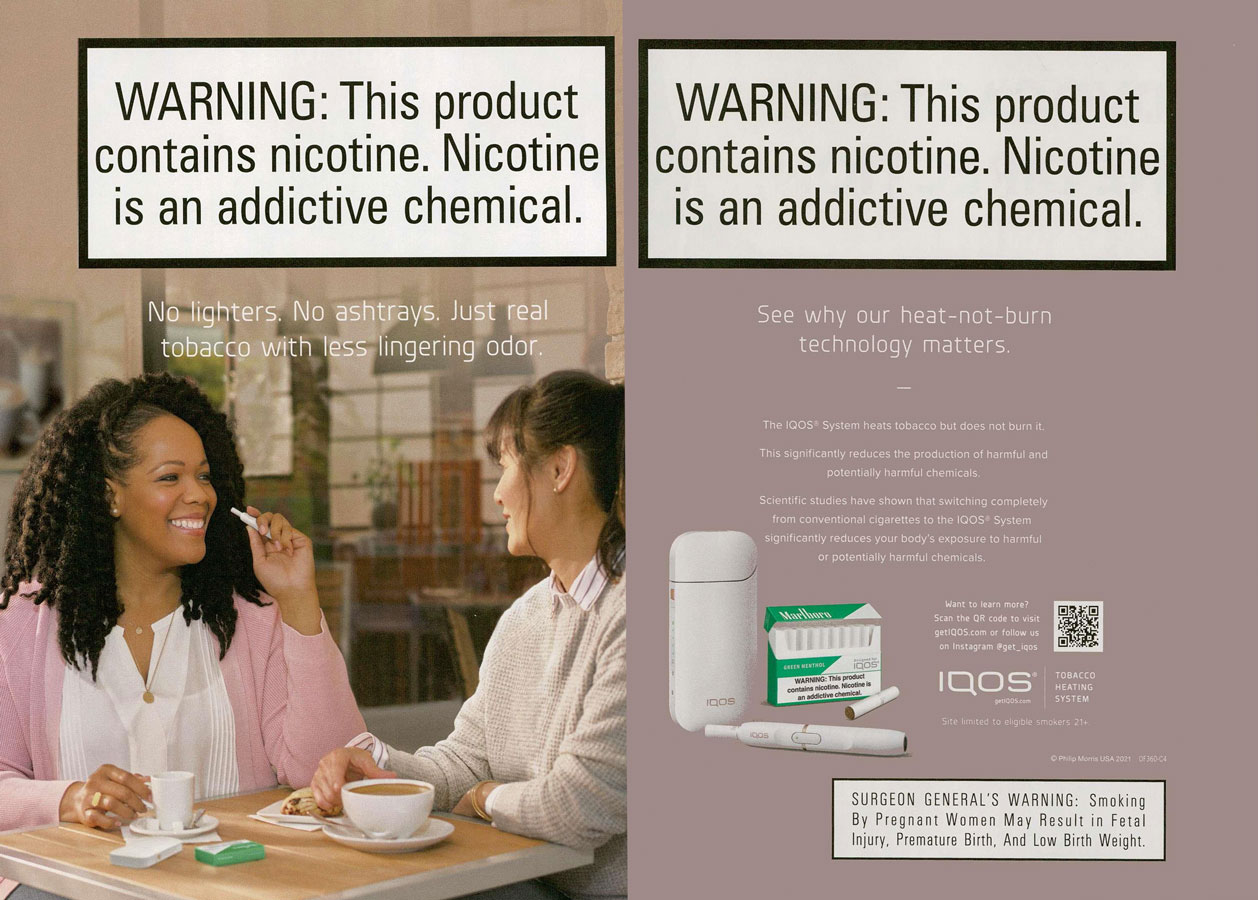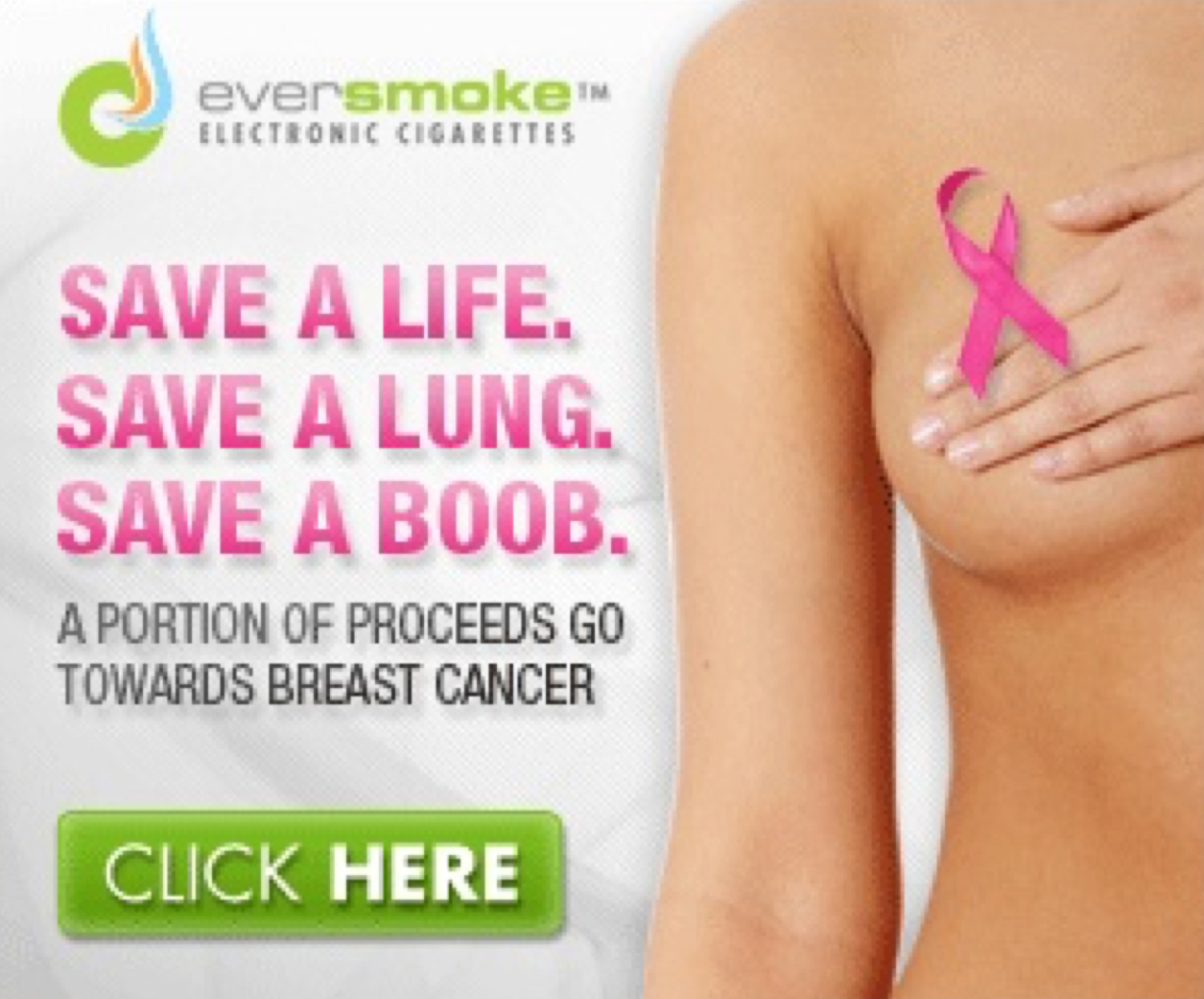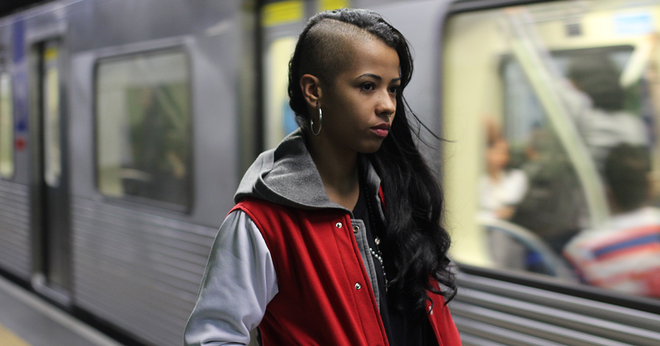Old tactics, new products: how big tobacco targets women in e-cigarette marketing
Since the 1920’s, the tobacco industry has used women’s suffrage and equality movements to market cigarettes to women. Today, as the industry shifts its focus to e-cigarettes, tobacco companies are using similar tactics to market these products to women, with themes of independence, glamour, fun, and health-consciousness.
The tobacco industry began marketing cigarettes to women in the 1920s, according to a Surgeon General report on women and smoking. Cigarette companies first began targeting women in advertising with messaging that aimed to establish a connection between smoking and slimness, with harmful slogans such as “reach for a lucky instead of a sweet.” As the women’s suffrage movement gained momentum, the tobacco industry saw an opportunity to hook a huge new demographic of potential smokers by drawing a link between smoking and women’s liberation. In 1929, the American Tobacco Company organized a group of women to march down Fifth Avenue holding cigarettes for the Easter parade. The cigarettes were referred to as “torches of freedom,” to help transform the public’s perception of smoking and equate smoking with gender equality and freedom.
Fast-forward to the 1960’s, and huge cultural changes were altering the role of women in American society. In 1968, Phillip Morris created Virginia Slims cigarettes specifically marketed for women, using slogans like “You’ve come a long way, Baby.” The 1990’s and early 2000’s brought new campaigns with messaging like “It’s a woman thing,” and “Find your voice” - a campaign targeted to women from diverse racial and ethnic backgrounds. All these campaigns carry an underlying message: smoking cigarettes is a sign of empowerment and liberation, and makes women appear fashionable and sophisticated.
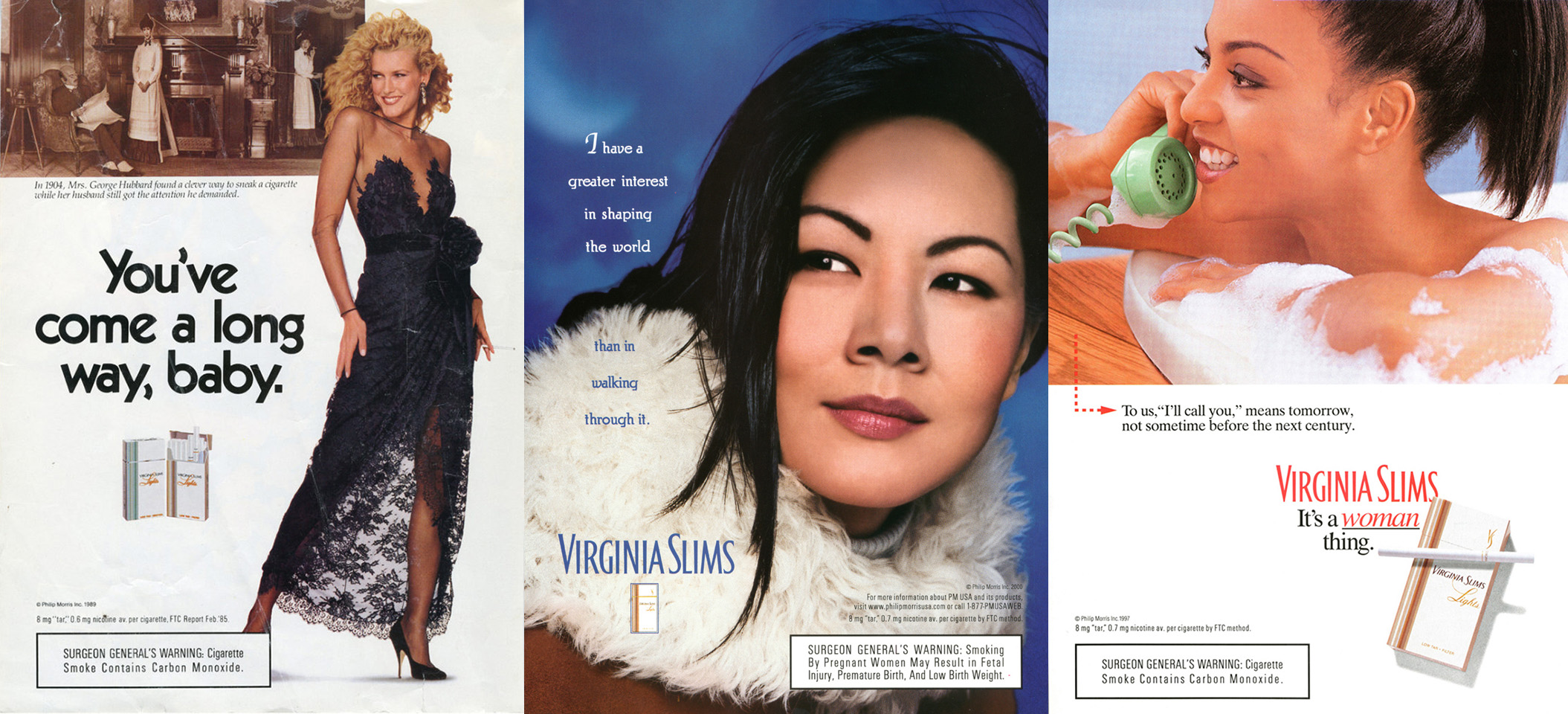
Today, the tobacco industry continues to rely on these methods, using similar language and imagery to target young women in e-cigarette advertising.
When JUUL launched in 2015, they debuted with a colorful and energetic campaign featuring young men and women smiling and dancing while using JUUL, positioning their products as trendy and fashionable. Many advertisements for early e-cigarette products such as Krave and RELX are reminiscent of ads for clothing and accessory brands, framing their e-cigarettes as an expression of one’s personal style. E-cigarette companies have also sponsored trendy events in an effort to appeal to young women: e-cigarette company NJOY was one of the sponsors at New York Fashion Week in 2013 where they distributed free samples.
In addition to fashion and glamour, a common theme in e-cigarette marketing is health and wellness. By featuring images of women exercising alongside slogans like “breathe freely” and “a breath of fresh air,” e-cigarette companies aim to catch the attention of young women.
The tobacco industry’s aggressive targeting of women – in addition to young people, Black Americans and other racial and ethnic minorities, and LGBTQ individuals – is a huge concern for public health. While the advertisement of cigarettes on TV and radio is banned in the U.S., there are few federal restrictions on the marketing of e-cigarettes. The FDA has had the ability to regulate the manufacture, packaging, and marketing of e-cigarette products since 2016, however with thousands of new products coming on the market, it is extremely difficult to review product marketing at the rate it is appearing. Some states have measures in place to protect youth from e-cigarette marketing, and if these policies prove effective, they should be applied on a national scale. For example, Delaware prohibits websites directed at minors from advertising e-cigarettes, and New York prohibits e-cigarettes ads in store fronts and windows within 1,500 feet of a school. Tighter restrictions on e-cigarette marketing, as well as specific measures to protect youth, could help curb the effects of this pervasive messaging.
More in targeted communities
Want support quitting? Join EX Program
By clicking JOIN, you agree to the Terms, Text Message Terms and Privacy Policy.
Msg&Data rates may apply; msgs are automated.

